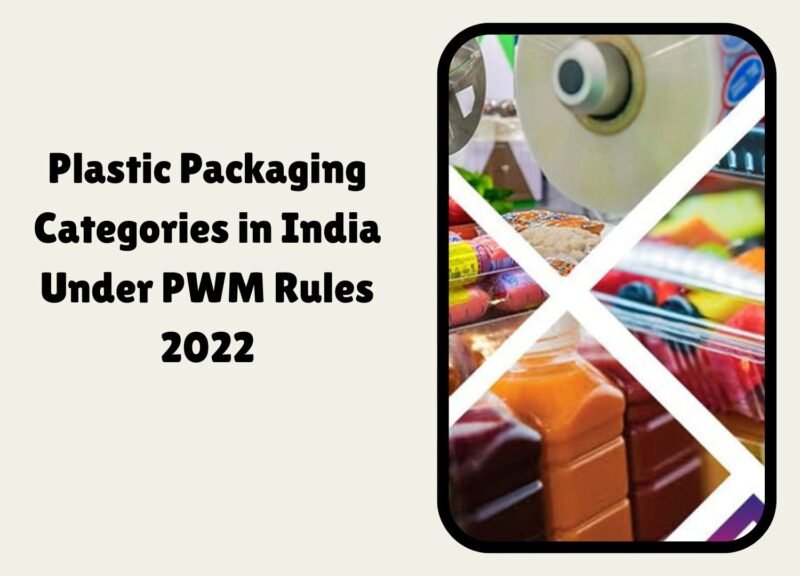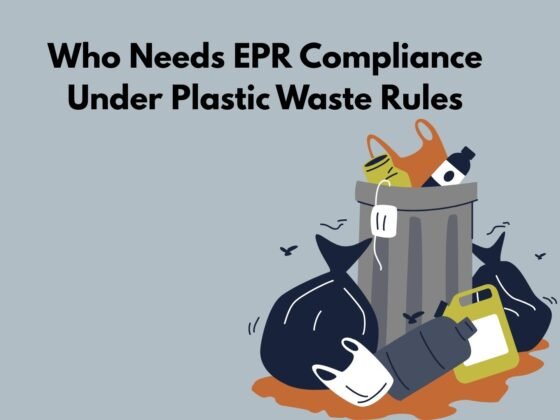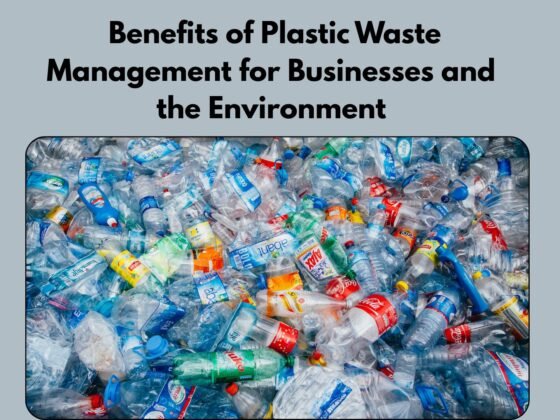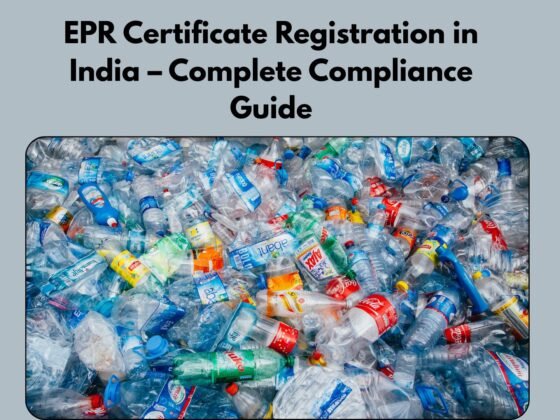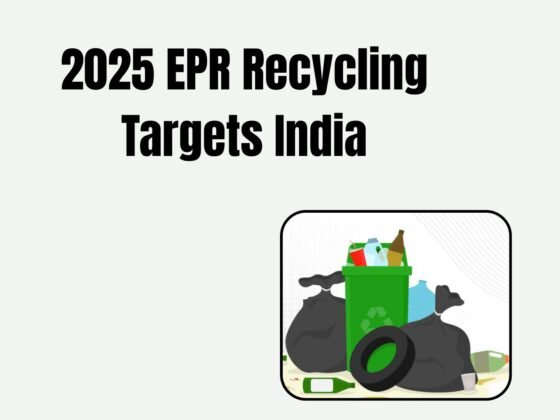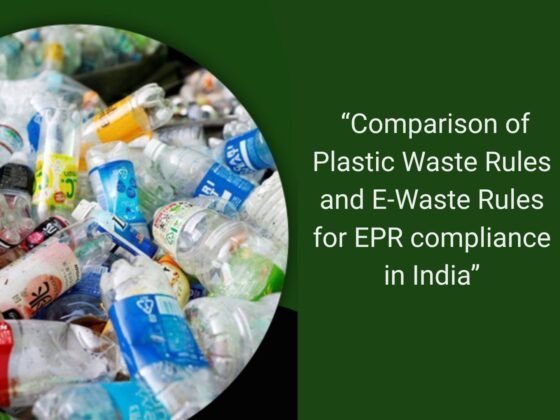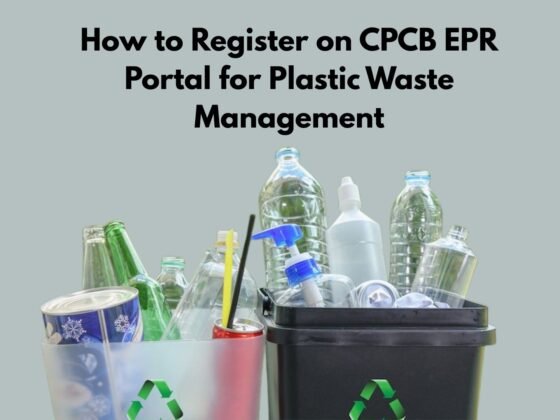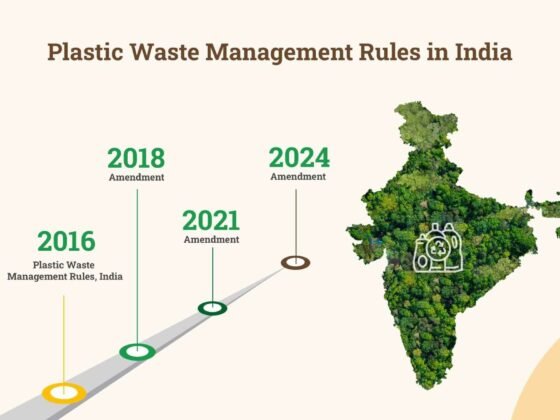Know your plastic and compliance — classification is the first step to EPR success. Plastic Packaging Categories India
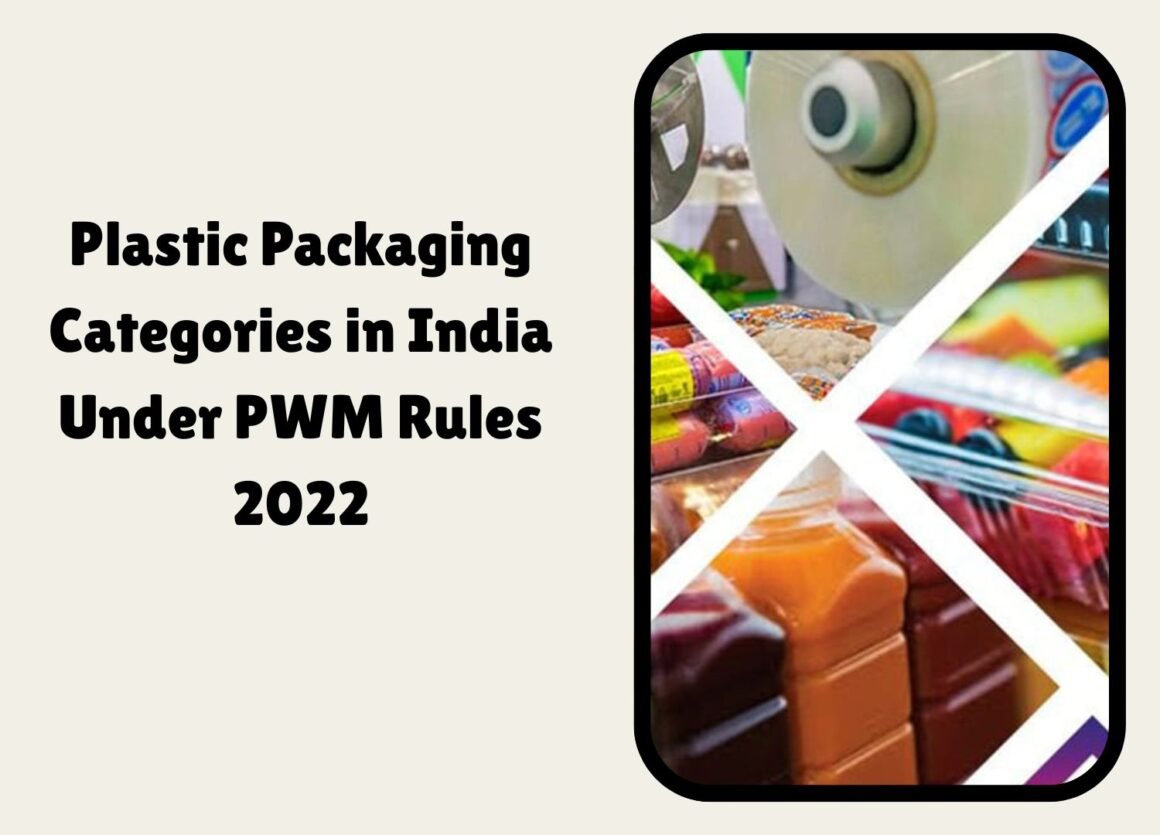
Plastic Packaging Categories in India is widely used in India across the food, FMCG, pharmaceutical, electronics, and e-commerce industries. However, it is also one of the largest contributors to pollution.
To control plastic waste generation and promote recycling, the Indian government introduced the Plastic Waste Management (PWM) Rules in 2016, which were amended in 2022. These rules introduce Extended Producer Responsibility (EPR) and define Plastic Packaging Categories in India for compliance and reporting.
Every Producer, Importer, and Brand Owner (PIBO) operating in India must classify their plastic packaging into one of four categories under the PWM Rules 2022. This classification is essential for CPCB EPR Registration and annual compliance filing. In this article, we explain the categories of plastics under PWM Rules 2022 with practical examples so that businesses can easily identify where they fall and stay compliant.
Plastic Packaging Categories in India
The Plastic Waste Management (PWM) Rules 2022 issued by the Ministry of Environment, Forest and Climate Change classify plastic packaging into four main categories. This classification plays a crucial role in determining compliance responsibilities under Extended Producer Responsibility (EPR). Understanding these categories helps businesses identify their packaging type, fulfill CPCB reporting obligations, and meet recycling targets under the EPR framework.
Category I – Rigid Plastic Packaging
This includes solid, inflexible plastic materials such as bottles, containers, jars, and caps. These plastics are mostly recyclable. Example: PET water bottles, HDPE shampoo bottles.
Category II – Flexible Plastic Packaging
This includes single or multilayer plastics like pouches, sachets, and plastic carry bags. Example: chips packets, milk pouches, laminated sachets.
Category III – Multi-Layered Plastic (MLP)
Packaging made of at least one plastic layer combined with materials like paper, metal, or aluminum foil. Example: biscuit wrappers, gutkha pouches.
Category IV – Compostable Plastic
Certified compostable plastic used for carry bags and packaging. Must be certified by CPCB. Example: biodegradable shopping bags.
These Plastic Packaging Categories in India guide businesses in sustainable waste management and EPR compliance. Under the PWM Rules 2022, every Producer, Importer and Brand Owner (PIBO) must classify the type of plastic they introduce into the Indian market according to these categories for CPCB EPR Registration. Category I plastics are easier to recycle and have higher recycling targets under EPR, while Category II and III plastics require proper recycling tie-ups.
Category III plastics are considered the most challenging due to their composite structure and are subject to stricter compliance. Category IV compostable plastics require CPCB certification before use. Correct classification of plastic packaging helps businesses avoid penalties, fulfill EPR targets, and legally continue operations.
This classification is also used for reporting plastic waste generated and recycled in annual compliance filings on the CPCB EPR portal.
Importance of Plastic Packaging Classification Under EPR
The classification of Plastic Packaging Categories in India not only helps in maintaining environmental compliance but also plays a critical role in corporate accountability. The Plastic Waste Management Rules 2022 mandate that every business using plastic packaging must ensure traceability of plastic waste, submit annual EPR fulfilment reports, and achieve recycling and reuse targets. Failure to classify plastic correctly can lead to rejection of EPR applications, heavy penalties under the Environment Protection Act, and suspension of business activities by CPCB.
Plastic Packaging Categories in India
For businesses looking to operate responsibly in India, understanding and correctly using the Plastic Packaging Categories in India is essential not only for legal operations but also for brand sustainability and corporate social responsibility. Many leading FMCG, food delivery, e-commerce, and retail brands are now adapting packaging designs to move from Category III to more recyclable Category I materials to reduce compliance burden.
Conclusion: Plastic Packaging Categories in India
The Plastic Waste Management Rules 2022 have made it clear that every business dealing with plastic packaging in India must take responsibility for the waste generated from its products. The classification of plastics into four categories—rigid, flexible, multi-layered, and compostable—helps streamline Extended Producer Responsibility (EPR) compliance.
Proper identification of Plastic Packaging Categories in India ensures accurate registration on the CPCB EPR portal, systematic reporting, and timely compliance. Businesses that understand and adopt sustainable packaging practices meet legal requirements and build long-term trust with environmentally conscious consumers. In today’s regulatory landscape, compliance is not optional—it is a strategic necessity for responsible growth.
FOR MORE BLOGS – beyondthepunchlines.com

 Add to favorites
Add to favorites
